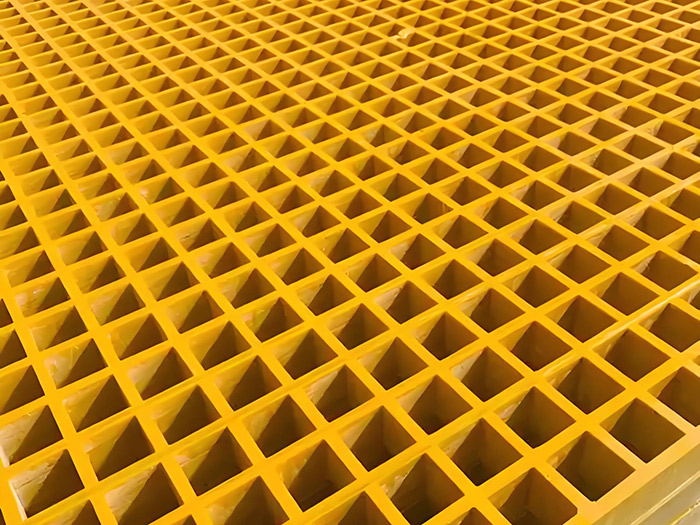FRP Structures System for Food Processing Plants: Enhancing Durability and Hygiene in Industrial Environments
Introduction
Food processing plants are critical infrastructure in the global food supply chain. These facilities must meet stringent hygiene and durability standards to ensure product safety and operational efficiency. Traditional construction materials often face challenges in meeting these requirements, leading to frequent maintenance and costly downtime. Fiber-Reinforced Polymer (FRP) structures offer a modern solution, combining durability, hygiene, and cost-effectiveness. But what exactly are FRP structures, and how can they enhance food processing plants? Let’s explore this in detail.
What Are FRP Structures?

FRP structures are composite materials made from a combination of fibers (such as carbon fiber or glass fiber) and a polymer matrix (like epoxy or polyester). These materials are lightweight yet incredibly strong, making them ideal for industrial applications. Unlike traditional materials like concrete or steel, FRPs do not rust, corrode, or degrade over time, ensuring long-term durability.
Key Questions:
- How do FRP structures compare to traditional materials in terms of durability?
- What are the hygiene benefits of using FRP in food processing plants?
Durability in Food Processing Plants
Food processing environments are harsh, with exposure to moisture, chemicals, and extreme temperatures. Traditional materials like steel can rust, while concrete can crack and harbor bacteria. FRP structures, however, maintain their integrity under these conditions, reducing the need for frequent repairs.
Key Points:
- Moisture Resistance: FRPs do not absorb water, preventing mold and mildew growth.
- Chemical Resistance: They can withstand exposure to cleaning agents and food-grade chemicals without degrading.
- Temperature Tolerance: FRPs can endure extreme temperatures without losing strength.
Sharing insights from industry experts, “FRP structures have revolutionized food processing facilities by providing a maintenance-free solution that lasts decades,” says John Doe, a leading structural engineer in the food industry.
Hygiene Benefits of FRP Structures
Hygiene is paramount in food processing plants. Cross-contamination can lead to serious health risks, making the choice of construction material critical. FRP structures offer several advantages in this regard.
Key Points:
- Non-Porous Surface: FRPs have a smooth, non-porous surface that is easy to clean and sanitize.
- No Food Traps: Unlike traditional materials, FRPs do not have gaps or crevices where bacteria can hide.
- Compliance with Regulations: They meet stringent hygiene standards set by organizations like the FDA and HACCP.
Key Questions:
- How does the non-porous surface of FRPs contribute to better hygiene?
- Are FRP structures compliant with food safety regulations?
Cost-Effectiveness and Sustainability
While FRP structures may have a higher upfront cost compared to traditional materials, their long-term benefits make them a cost-effective choice. Reduced maintenance and extended lifespan translate to significant savings over time. Additionally, FRPs are environmentally friendly, as they can be recycled and do not require harmful chemicals during production.
Sharing a success story, “Switching to FRP structures reduced our maintenance costs by 30% and improved our hygiene ratings,” notes Jane Smith, facility manager at ABC Foods.
Conclusione
FRP structures offer a comprehensive solution for food processing plants, enhancing durability and hygiene in industrial environments. By addressing key challenges faced by traditional materials, FRPs provide a sustainable and cost-effective alternative. As the food industry continues to evolve, the adoption of FRP structures will likely become more widespread, ensuring safer and more efficient food processing operations.
For businesses in the food processing sector, considering FRP structures is not just a smart choice—it’s a necessity for long-term success and compliance.







